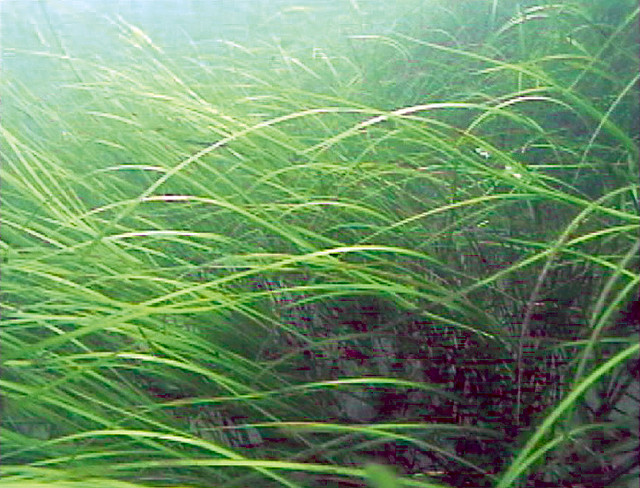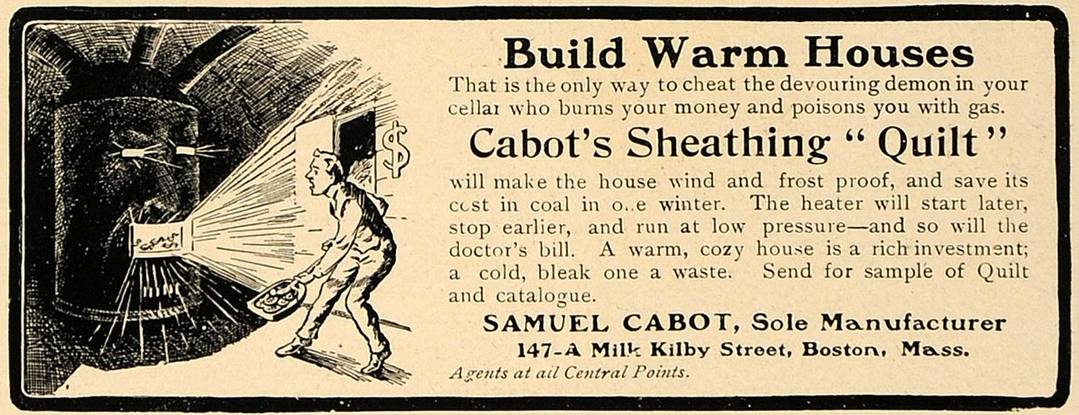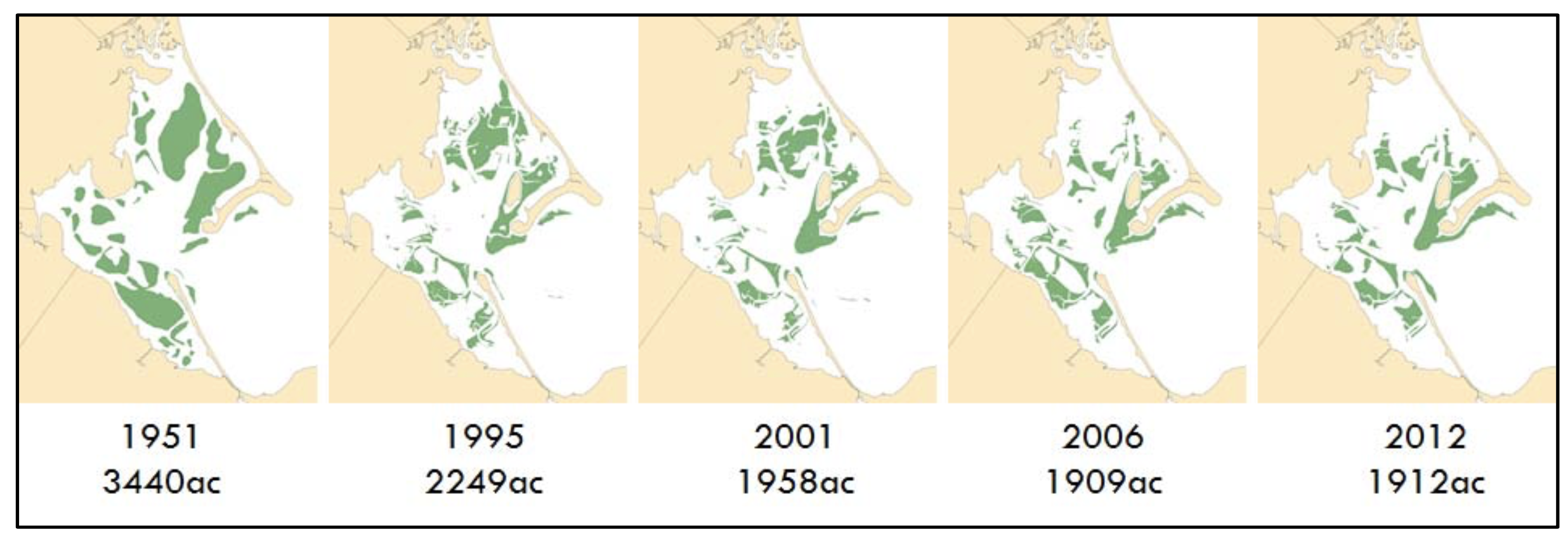My cousin Spencer is a Native American and one of my favorite people on earth. Thanks to Spencer, I learned about eelgrass a couple years ago and lately I’ve been thinking about insulating my sauna with it. Sure, it’ll only save me about $300 and I’ll have to work for it but it’ll be a good conversation starter.
Spencer lives on tribal lands along the coast of Massachusetts. He has many outdoor passions like foraging and gardening. One day a tribe elder approached him to pass along knowledge of a seaweed called eelgrass. He told Spencer to go to the beach, collect eelgrass washed up on the shore, and apply a 6-10″ layer to his garden bed like mulch. Spencer was skeptical at first yet after some experimenting he became an eelgrass convert. Eelgrass releases nutrients into the soil to help plants grow better. More importantly to Spencer it acts like a sponge, slowly releasing water into the soil and allows gardeners to water less.
Recently, I started learning more about eelgrass. Sure, it’s great for gardening, but it turns out it also cleans ocean water, reduces erosion, and provides habitat for creatures. (A great study on eelgrass in Massachusetts.) One of the most fascinating facts about eelgrass is it was used as insulation for hundreds of years in America before fiberglass was invented.

Photo credit @theclf
In the early 1900s, entrepreneur Samuel Cobalt noticed huge mounds of seaweed washed up on beaches in the Boston area. After exploring potential uses, he learned houses going back to the 1600s and earlier used this seagrass known as eelgrass for insulation. It turns out eelgrass has a high concentration of silicon which makes it great for retaining heat and deadening sound while also being fire and rot resistent.
Eelgrass is also sustainable as only dead material is used. It naturally separates from the roots in the ocean floor and floats to the surface. Cabot launched Cabot’s Quilt, gathering large quantities of eelgrass to process it into insulation, complete with a paper lining and everything.

Shortly after Cabot’s Quilt launched, eelgrass suffered a blight in the 1920s which forced the company to turn turn to importing eelgrass from overseas. Still, the company did well for decades. Amazingly Radio City Music Hall is insulated with eelgrass and renowned for its acoustics. When fiberglass took off in the 50s it was the begininning of the end. Cabot lives on, offering wood stains.
Modern studies are being done on eelgrass in the Boston area where stocks have dropped 58% since the 1950s. It’s unlikely Cabot’s Quilt would’ve survived even if fiberglass wasn’t invented. Scientists don’t really know the cause of the continued drop since the 50s. Luckily there’s still enough eelgrass washing up on the shores to keep my little sauna toasty.
